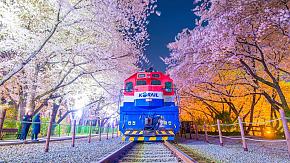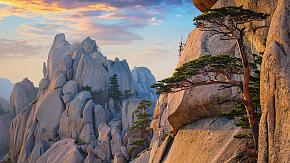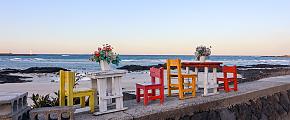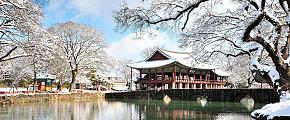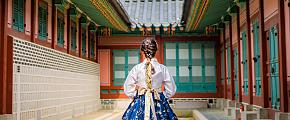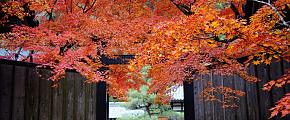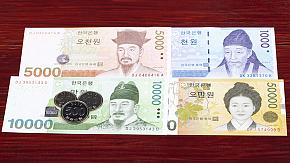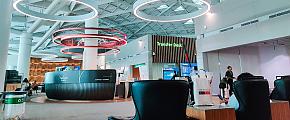Best Time to Visit South Korea in 2026: Monthly Guide
In general, the best time to visit South Korea is during springtime and autumn because the other two seasons may be too hot or too cold. However, each month in South Korea provides different scenery and various activities and events for you to experience. You may love summer in South Korea if you are interested in water sports. So check this guide to South Korea and find out the best time suitable for you to visit South Korea.
Best Time to Visit South Korea
With four distinct seasons, weather changes obviously in South Korea. Weather in spring and autumn are relatively mild and comfortable with less chance of rain and less humidity, making these two seasons popular for spending a long vacation to explore South Korea's vibrant cities and picturesque landscapes.
Weather in South Korea
The weather in South Korea is easy to understand. Divided into four distinct seasons and each has different weather patterns. The temperature of most cities in South Korea stays quite similar the whole year around.
Korea in spring (March to May), with average temperatures ranging from 5°C to 20°C, is a dry season with occasional showers.
The summer (June to August) in South Korea is hot and humid, with average temperatures ranging from 25°C to 30°C. It is usually the rainy season, slightly influenced by the monsoon season.
Autumn (September to November) rains less than summer, with only occasional showers.
In winter (December to November), snowfall is common in the northern area, especially in mountainous areas. On the coldest days, Seoul and other main cities will also have snow. The average temperature ranges from -5°C to 5°C.
Top Things to Do in South Korea by Month
January: Winter Activities & Palace With Snow
January is the lowest season in South Korea. It is the coldest and snowiest month, with countrywide frosty temperatures. With average temperatures ranging from -6°C to 2°C. But it might be colder at night, the temperature might lower to -12°C. It is not a perfect time to visit South Korea.
If you plan to visit South Korea in January, you should first be aware that you may feel colder than expected. If you can bear the cold, you can visit the most popular attractions without crowds. You may have a chance to see those exquisite palaces with white snow, creating picturesque city views.
Moreover, it is a perfect time to enjoy a winter vacation at ski resorts, sledding hills, and other unique winter events.
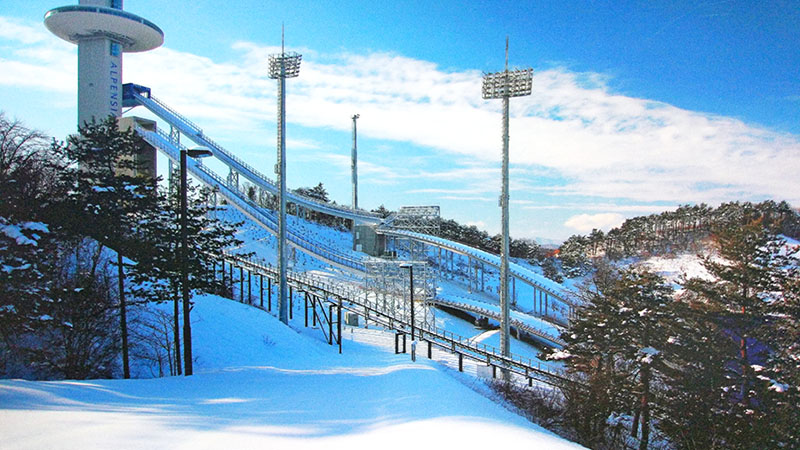 Ski Resort
Ski Resort
February: Nami Island and Fire Festival
The weather during February in South Korea is still cold and snowy. Temperatures range from -7°C to 4°C in most major cities. There might be a few days of rain and snow in most cities. You will still have a chance to see Seoul in the snow.
Nami Island is a perfect place for lovers to visit on Valentine's Day. It is a half-moon-shaped island landing just 2 hours away from Seoul. You can admire the unique winter view of Nami Island along its tree lanes.
In late February and early March, the Jeju Fire Festival is held on Jeju Island to celebrate the coming spring. You can appreciate the traditional performance and enjoy the K-Pop concerts being held on this island.
The Korean New Year is generally celebrated in January or February. It is better to avoid visiting South Korea during this time because lots of restaurants and shops might be closed for this public holiday.
March: Hiking in Spring Flowers
The weather in South Korea starts turning warm in March. Springtime flowers are starting to bloom. It is a perfect time to get out to find some clues about spring! The average temperature range from -1°C to 9°C in Seoul. It might be colder in the mountainous area. In general, March in South Korea is a dry month, which is suitable for outdoor activities.
Cherry blossoms start to bloom in some warm southern areas. Flowers like azaleas and forsythia are blooming during this time. If you are traveling in South Korea during this time, why not visit some national park to plan a spring hiking adventure? Jirisan National Park, Seoraksan National Park, and Hallasan National Park are some perfect places for exploring flora and fauna.
April: Cherry Blossoms Bloom
The weather in April is pleasant and comfortable. Cherry Blossoms are full bloomed in this month in most places of South Korea. The average temperature is 7°C to 20°C around the whole country. It might be a little humid because there will be some spring rain. However, it won't rain a lot in April in South Korea.
It is time to explore the pink cherry blossoms blooming all around Seoul City, Busan, and Jinhae. Compared to cherry blossoms in Japan, Korean Sakura is more modern and vibrant. Enjoy some spring music from the concert of the cherry blossom festival, picnic under the cherry trees, take a sip of coffee, and see the pink rain. You should not miss this feast of flowers.
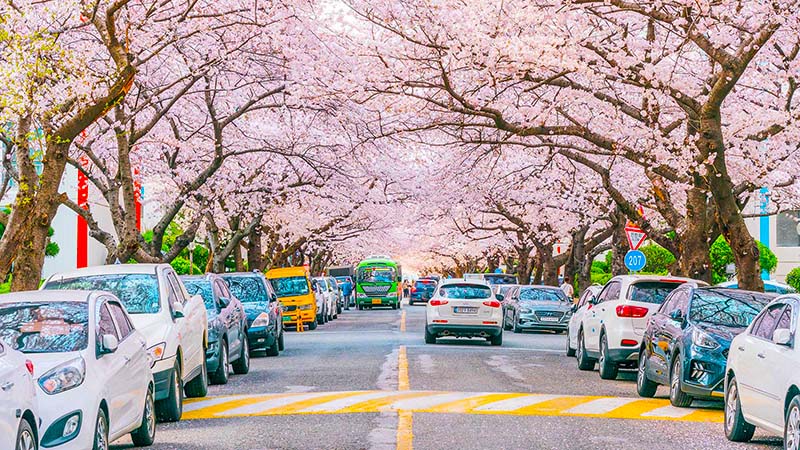 Cherry Blossoms in Korea
Cherry Blossoms in Korea
May: Enjoy Festivals in Spring
In May, temperatures in Korea range from 13°C to 23°C across the country. The weather in May in South Korea is mild and pleasant. Good for hiking, camping, and glamping. In this month, the weather is a little humid but good to wear spring clothes.
There are many interesting festivals in South Korea in Spring for you to attend. Not only for Buddhists, the Busan Lotus Lantern Festival is a festival that everyone can enjoy. Normally, it starts at the end of April and continues to the start of May. There are various shapes and sizes of lotus lanterns displayed at Busan Citizen Park and Songsanghyeon Plaza. You can also explore the local craft culture at the Icheon Ceramics Festivals in the first week of May. Try to make ceramic items on your own.
June: Taste Street Foods & Explore Palaces
June is a quiet month compared to the past few months. It is the shoulder season connecting spring and summer. The average temperature ranges from 25°C to 27°C during the daytime, remaining in relatively stable degrees. In the first few weeks, the temperature might be down to 20°C at night, suitable for walking and shopping after dinner.
Since the summer began, many street food vendors have started to sell seasonal street foods such as naengmyeon (cold noodle dishes), bingsu (shaved ice dessert), and many other delicacies. It is recommended to wander around the streets to discover some exotic tastes this month. Moreover, why not visit the traditional architecture in South Korea in June? It must be a unique experience to wear traditional clothes, Korean hanbok, to visit those ancient palaces. You can enter the main palaces in Seoul for free if you are wearing a hanbok.
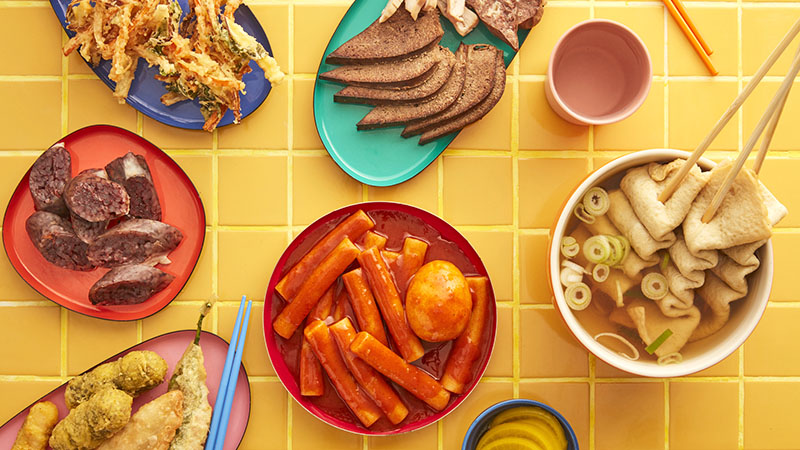 Street Foods
Street Foods
July: Mud Festival & Beach Holiday
In July, summer comes exactly. Though the monsoon won't directly land in South Korea in most situations, it will still be sticky and hot in July, with more rainfall. In most cities, the monthly temperature ranges from 24°C to 29°C. The average temperature during daytime will hit 30°C and even higher after mid-July. However, July is the peak season for enjoying the summer holidays!
Planning an island hopping tour might be a popular choice this month. Enjoy the pristine beaches of South Korea, walk on the soft white sand beach, and relax in a seaside resort. And in July, the Boryeong Mud Festival can also be an interesting event to participate in. It is held annually in July in the city of Boryeong at Daecheon Beach. You can enjoy various activities such as mud skiing, mud swimming, face painting, music and dance competitions, and more fun events.
August: Dolphin Spotting and Water Activities
August is the hottest month in South Korea, and also the best time for enjoying water activities. The average daily temperatures around South Korea range from 25°C to 30°C. Sounds not that hot, right? However, the humidity will help the heat index up to 35°C. Compared to July, there will be more sunny and cloudy days in August.
About 120 Indo-Pacific bottlenose dolphins are living in the sea of Jeju island. In August, you may have a chance to meet the bottlenose dolphin. You can see wild dolphins swimming freely in their natural habitat. This is the hottest season, the time to enjoy most water activities in August in South Korea. Scuba diving, surfing, kayaking, and more fun water sports. If you are interested, why not join a Haenyeo (women divers who harvest marine life) experience to understand more about the sea culture in Jeju island?
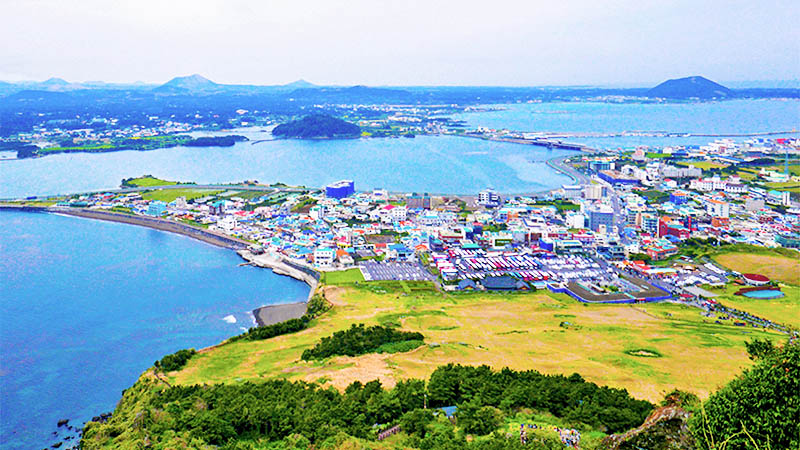 Jeju island
Jeju island
September: Palace Starlight Tour & Firefly Watching
The summer holidays in most countries end in this month and the peak season of fall foliage watching has not come in this month. In this month, the average daily temperatures range from 21°C to 30°C. The heat and humidity begin to dwindle in September in South Korea.
Gyeongbokgung Palace is open for night viewing twice a year. In September, it will be one of the chances to see the brilliantly lit in Gyeongbokgung. You can wear a hanbok to appreciate the palace, take some different photos, and create some unforgettable memories.
It is a popular activity to watch fireflies in September in Muju, a natural habitat for fireflies. There is also a festival called Muju Firefly Festival held every September in South Korea. There will be some traditional performances and music concerts.
October: Autumn Leaves
Korea in October is the best time to view fall foliage. The weather is mild and cool, with a very pleasant 20°C average daytime temperature. The lowest temperature in October in South Korea is 10°C. It will be colder in the rural and mountainous areas. It will rain a little, and the weather will be a bit humid.
In October, it is no doubt the best time to hike and see colorful autumn leaves in South Korea. N Seoul Tower, Seoul Forest Park, and the ancient palaces are some of the best spots to see fall foliage. Naejangsan, Seoraksan, Jirisan, Bukhansan, Odaesan, Gayasan, and Hallasan are some national parks perfect for indulging in the Autumn atmosphere.
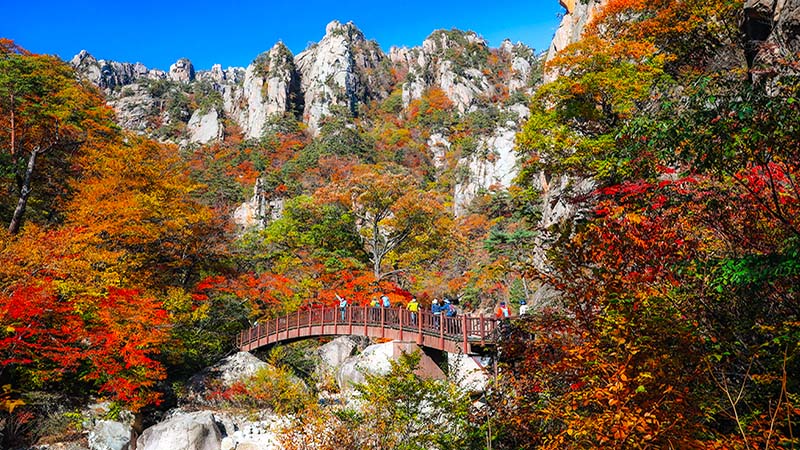 Autumn Leaves at Seoraksan
Autumn Leaves at Seoraksan
November: Chrysanthemum & Foodie Tour
November is the shoulder month in South Korea. The weather is starting to be chilly and will transition to winter. The average daily temperatures range from 3°C to 12°C. In September, it will be comfortable to walk around outside with just a sweatshirt and jeans in the first two weeks.
You will still have a chance to see the autumn leaves in the first half of November. Chrysanthemums is blooming this month and you can appreciate various chrysanthemums in Korea at the Masan Chrysanthemum Festival.
It is also a perfect time to try some hot and steamy food in Korea on a chilly day. Korean Barbeque with Soju is one of the perfect collocations in Winter! And don't miss the army stew (a Korean-type hot pot), tteokbokki (stir-fried sticky rice cakes), and grilled gopchang (cow bowel)! There will be a food festival called Taste of Seoul which will be held in Seoul in September. You should not miss it!
December: Christmas in Korea
December is a busy time in Seoul! With a vibrant festive atmosphere, the first snow of the year will fall this month as usual. The temperature in daytime is hovering between -3°C to 2°C, with occasional snowfall.
Christmas is an important festival in South Korea. You can experience a Korean-style Christmas in December. Including beautiful Christmas trees and other cute decorations. Pay attention when strolling on the street, you may encounter trees wearing cute and colorful sweaters.
You can plan a tour of the skiing resort in December, it is also a perfect time to pick strawberries. Moreover, it is also popular for ice fishing at the end of December if it is cold enough.
Tips for Planning a Perfect Trip to South Korea
Plan Your Itinerary Based on Interests and Budget
Planning your South Korea tour? Check some of our best-selling itineraries, each can be customized depending on your preference. Just feel free to contact us.
• For a classic tour: 9-Day Classic South Korea With Jeju Island. This 9-day classic tour includes highlights of Seoul, traditional cultural exploration of Andong and Gyeongju, local experiences of Busan, and leisure days in Jeju island.
• For a family tour: 9-Day South Korea Family Tour With Korean Wave. This tour offers traditional cultural attractions in Gyeongju and Busan, explores the vibrant Seoul Gangnam district, attends a K-Pop dancing class, and explores the latest fashion trends of the Korean Wave.
• For a multiple-country tour: 12-Day Journey From South Korea to Japan. From South Korea to Japan, this is the most popular itinerary for those who are interested in Asia cultures. From Seoul to Gyeongju to see the ancient and modern dimension of South Korea. Explore Kyoto and Tokyo to encounter the most "Japanese" Japan.
Check Visa Requirements
Most international travelers need a Visa to visit South Korea. For US citizens, you can travel to South Korea with a passport valid for at least 6 months. Usually an electronic travel authorization (K-ETA) requirement is needed to enter South Korea. However, US citizens are exempt from this requirement until December 2024. This policy also works for citizens from Australia, Italy, Germany, France, the United Kingdom, Spanish, etc. You can check the latest information before your travel.
Pack Smartly
Remember to check the exact weather during your stay in South Korea before packing your suitcase. Make sure to bring your sunglasses, rain gear if needed, comfortable shoes if you plan to hike or walk a lot, and other essential things. Do not forget to bring some basic medications and your daily pills, and ask your doctor for advice before you leave. South Korea uses an F-type plug that operates a 220V supply voltage and 60Hz. Remember to check if it is needed to take an adapter and converter.
Related Posts You May Like
What Our Clients Say
Explore the latest verified reviews of Odynovo's travel services on Tripadvisor, Google, Trustpilot, Product Review and more trusted platforms.

